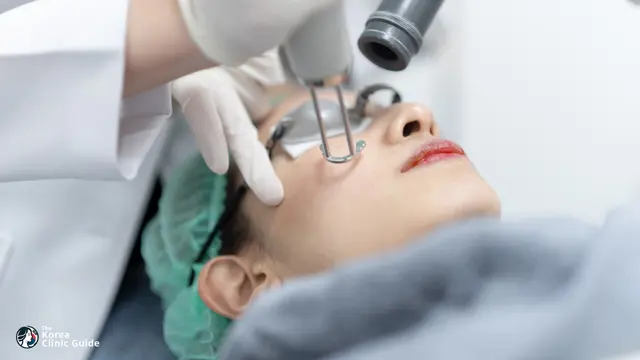
Dark spots on the skin are called hyperpigmentation in medical terms. Acne scars, UV damage, hormonal changes, or an overproduction of melanin may all lead to these patches.
Therefore, take comfort that you are not the only one who is coping with hyperpigmentation. There are several alternatives for treating this common skin problem.
Following that, we have included Pigmentation on face treatment options that are both practical and effective, and they have long-term effects:
Skin lightening products:
Several substances lightening creams and treatments are used to help diminish pigmentation. You may find stronger prescribed versions of these lotions. You may use them once or twice daily to gradually lighten the skin. On top of that, they are widely available at any drugstore in your area. The following are examples of typical components included in such creams:
- Hydroquinone
- vitamin B-3, also known as niacinamide
- Licorice extract
- N-acetylglucosamine
If you suffer from melasma or wrinkles, you may find relief with a lightening lotion. It may take more time than expert treatments, but it’s cheaper.
Face Cream containing retinoids:
Because they include vitamin A, retinoids can reach the dermal layers under the skin’s surface and treat them.
Retinoids are available both with a doctor’s prescription and without. You won’t see any effects for a couple of months, however, and over-the-counter kinds aren’t that strong. Consult your dermatologist about the possibility of receiving a prescription for a retinoid.
The vast majority of people may take over-the-counter retinoids without experiencing any negative side effects. Still, seeing a dermatologist is a good idea if you’re planning on taking it often and have darker skin. Additionally, retinoids outperform hyperpigmentation when it comes to treating wrinkles.
Chemical Peel:
In a chemical peel, the skin is treated with acids at greater concentrations. They may cure skin hyperpigmentation through the removal of the outer layer of skin. There are stronger variations of some chemical peels that may go deeper into the dermis, the skin’s main layer, and provide better results.
While over-the-counter chemical peels are available, a stronger and more rapid chemical peel from a medical professional may be worth considering. Nevertheless, severe chemical peels might have negative effects, particularly on skin types that are easily damaged. Make sure you see your dermatologist before choosing to undergo the therapy.
When it comes to Pigmentation on face treatment options– age spots, UV damage, melasma, and uneven skin tone, a chemical peel is your best bet.
LED treatment with intense pulses:
Non-ablative laser treatment also called IPL therapy (or a photo facial) increases dermal collagen production; optimal effects are achieved with a series of treatments.
If your pigmentation is out of control, you may opt for IPL, although it works wonders on flat areas. Additionally, spider veins, age spots, and larger pores may all be reduced with IPL therapy.








